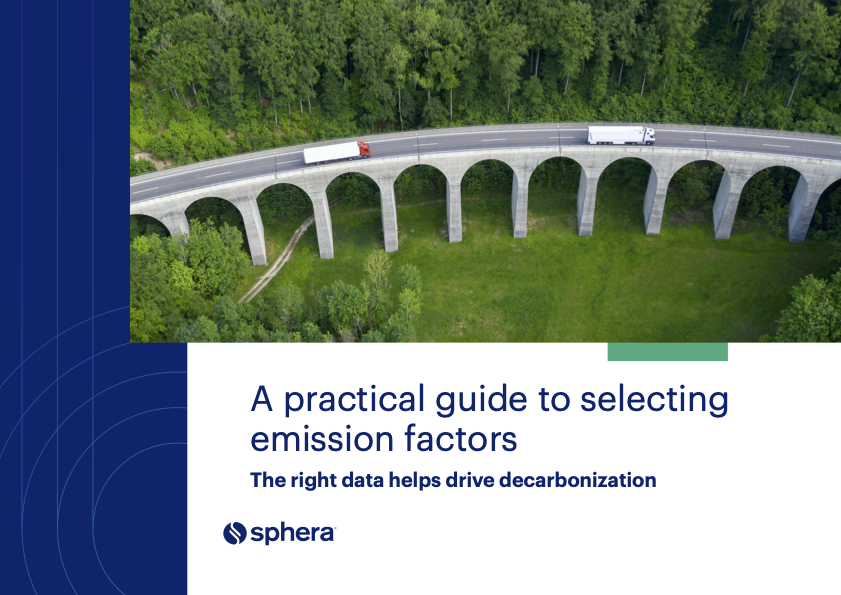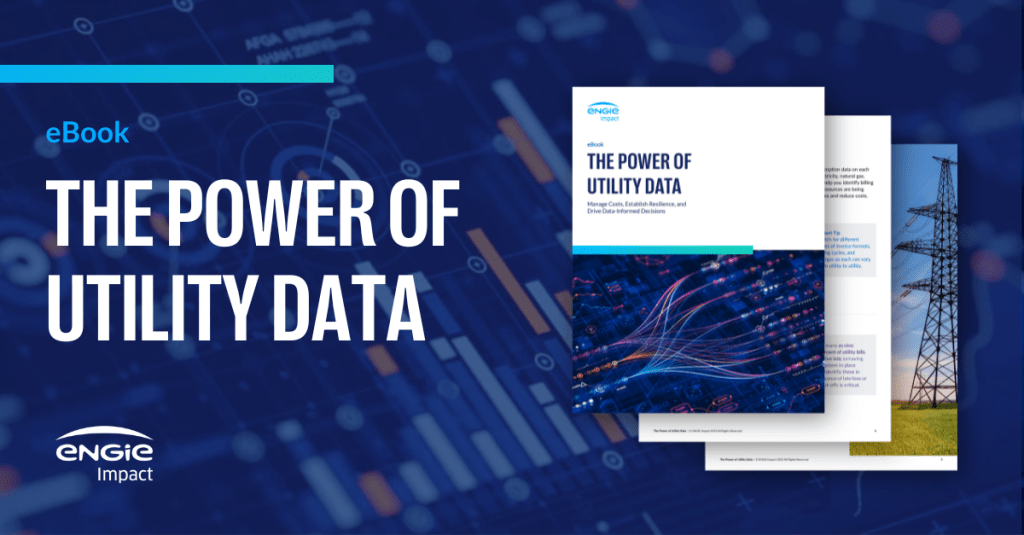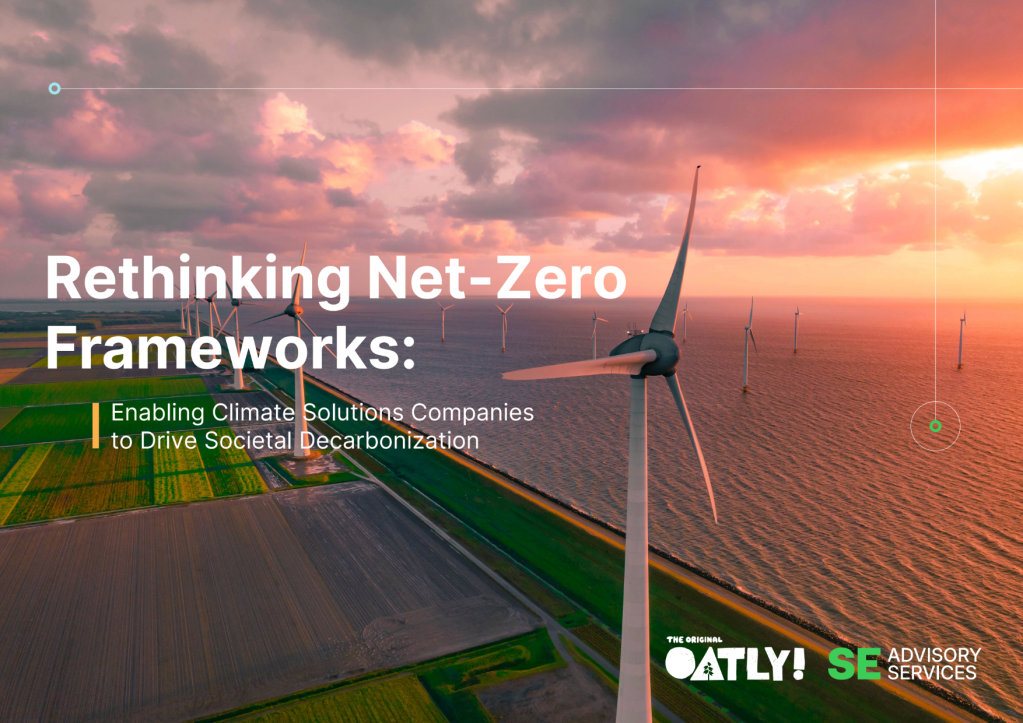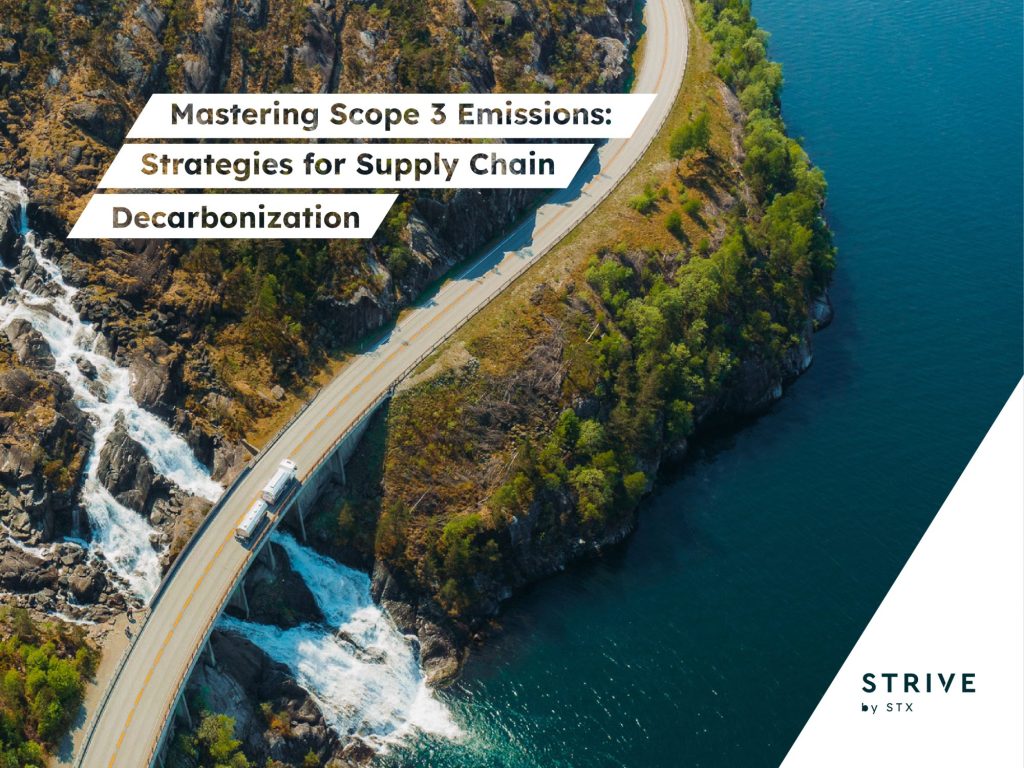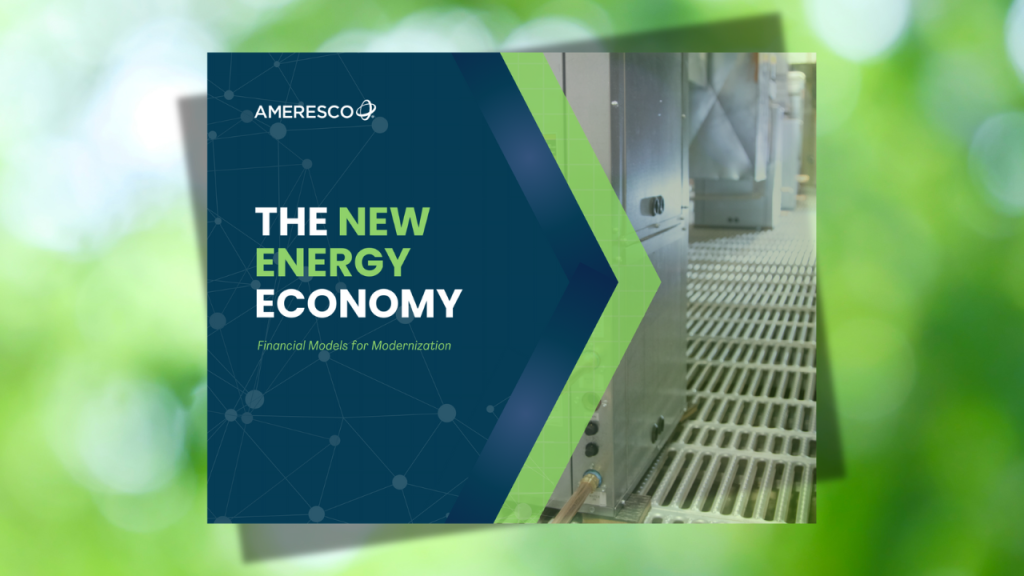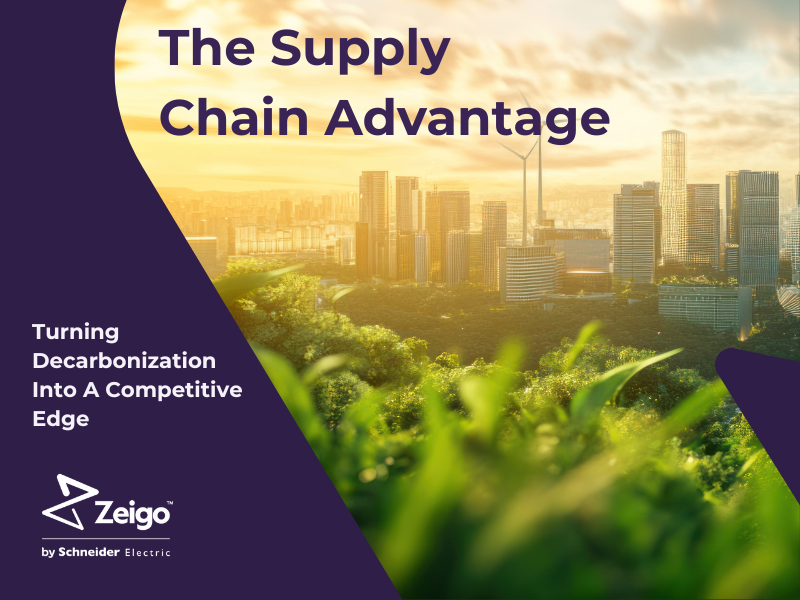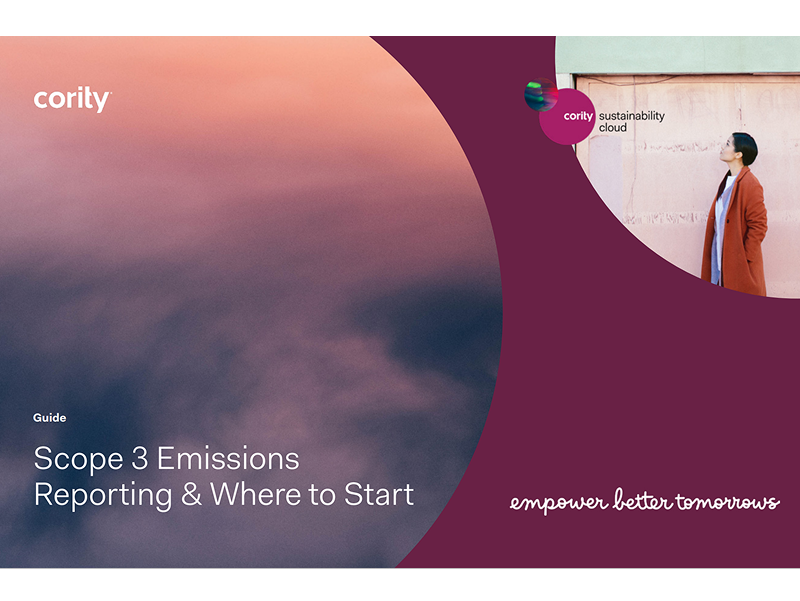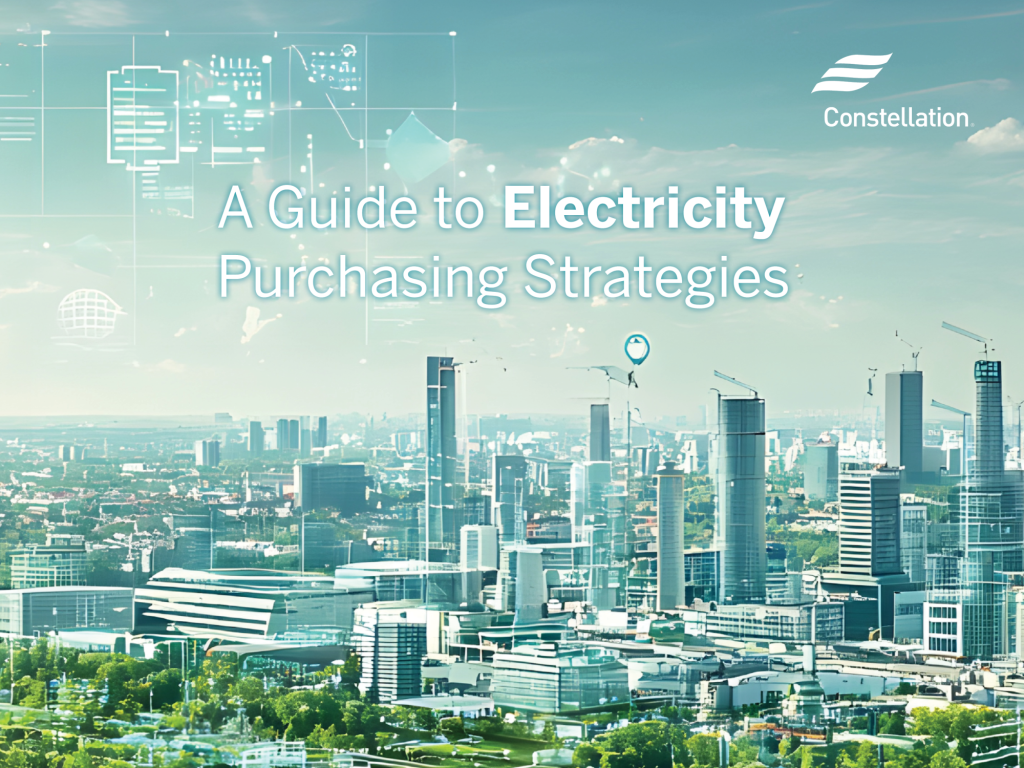The power of storytelling to boost resale and reuse
"This product is made from recycled plastic" doesn't bring about emotion and meaning. Read More
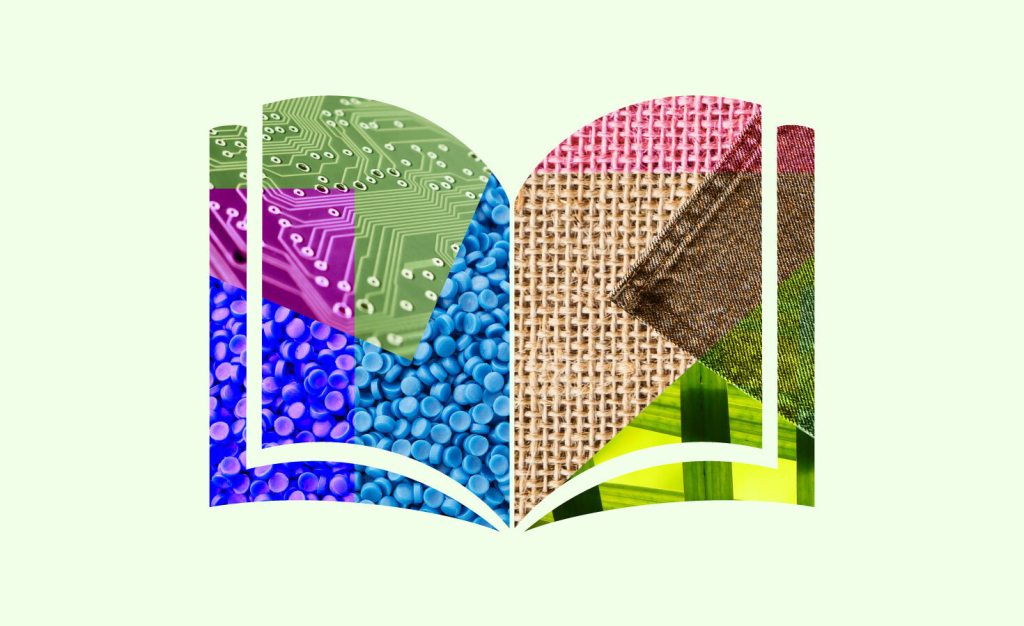
- Stories can help build emotion and meaning and brands have used them for decades, but not as successfully with resale or circular products.
- Too often, circularity stories end on cold, emotionless or even patronizing tone.
- By following a three-act narrative structure that’s time-tested, brands can add value and meaning to their circular efforts.
The opinions expressed here by Trellis expert contributors are their own, not those of Trellis.
On the path to creating a circular economy, an important element is often missing: storytelling.
We tend to focus on materials, chemicals and compliance. We speak in certifications and data points — important, yes, but emotionally distant. We often miss the opportunity to tell a good story. This is strange when you stop to think about it, because great brands are really, at their core, great at storytelling. They craft compelling narratives that align with our values and aspirations.
Humans love stories. Stories build emotion and meaning. They shape our reasoning and inspire our actions. For generations, stories have passed down communal wisdom and hard-earned lessons, helping people learn from, and sometimes avoid, the mistakes of the past.
They’re also financially valuable. Apple’s brand is worth billions because it drives consumer preference. The departments that steward the brand get listening time with senior management and bigger budgets.
Which is why, about 10 months ago, Trove founder Andy Ruben and I set out to find a way to reframe the circularity lifecycle as an emotional journey — and how it could be mapped onto the classic three-act structure of storytelling. (We presented a version of our framework at Circularity 25).
The power of three
The three-act structure is a time-tested narrative form, dating back to the ancient Greeks. Here’s how it works:
Act 1: Set the scene — introduce characters, context, motivation and the environment.
Act 2: Raise the stakes — pose a challenge or obstacle to overcome.
Act 3: Bring resolution — culminate in transformation and meaning.
Much of the work focused on developing and selling circular products is detached from the brand. But by attaching the brand to meaning, and meaning to the brand, the lifecycle of a product is faster than the lifecycle of a brand. It also helps brands elevate products and the story at the same time. This perspective provides a powerful lens to examine how circularity initiatives impact not just materials but brand equity — and how stories can help bridge that gap.
Act 1: Beginning
Act 1 is where the product story begins, filled with excitement and potential. A car drives through wide open landscapes. A jacket is worn by brave people on windswept mountain peaks. A runner charges forward, bold and empowered, in perfect trainers.
Brands often excel at Act 1 because they know how to tap into aspiration, potential and identity. For example, with Patagonia, Act 1 historically started as a product-oriented ambition — to make climbing tools stronger, lighter, simpler and more functional. In recent years, the company vision matured to a wider, more universal goal of “We’re in business to save our home planet.”
That goal now gets represented through storytelling. On their website is the invitation to take action about climate change. Next to the purchase of a product is the mending of another. They tell the story of consequences in Act 1. They tell that story as a consumer and producer partnership through gritty and honest realism.
Lesson: Does your first act inspire a longer, more authentic relationship? Does your Act 1 talk in a shameful way about nature damage? Or do you talk about action, engagement and partnership to solve a crisis?
Act 2: Usage
In product terms, customers might experience Act 2 like this in everyday terms: the car is stuck in traffic. The high-performance jacket is worn to the office. The running shoes sit in a gym bag, used for a 2K jog on a treadmill. Too often, this part of the story is abandoned by the brand. The consumer is left alone with the product and their dashed hopes.
But this act holds enormous emotional potential — if we choose to engage. Patagonia engaged with Worn Wear by celebrating real people and real usage stories. They created space for a community to emerge — one that loves, repairs and shares stories about their products. Patagonia didn’t show up just to sell another thing. They provided the space to celebrate the people that use their products and then stepped back to watch people revel in their own experiences.
Lesson: Is your presence in usage just to make another sale? Or does it provide a meaningful space to bond relationships, either with the brand or people that build the brand? If your brand is not in Act 2, it can’t get to Act 3, where the circle closes.
Act 3: The end
“This product is made from recycled plastic.” That’s how we often end product experiences — in a cold, emotionless, sometimes patronizing tone. And yet, the end is a place of enormous emotion and meaning. What begins in Act 1 as a rich, emotional brand story often fades into data, guilt and legislative expectations — “our company recycles thousands of shoes” and “failure to compile with state law can result in fines.”
The end of a story is where threads of meaning come together in a crescendo of philosophical truth. But in circularity and sustainability, we often confuse this emotional truth with scientific fact. We talk to consumers about carbon, high-density polyethylene, manufacturing standards or local regulation — failing to recognize that the story we tell at the end must resonate with the same human depth as the one we told at the beginning.
Lesson: Consider the language you use in Act 3. Is it similar to Act 1 and 2? Does the tone feel the same? Is it aspirational at the beginning and shaming at the end? If not, think about how you can improve the tone and align with what the brand. Bridge the aspirational emotion at the start and the practical feelings at the end.
To complete a compelling circularity narrative we need to create an experience for the consumer that feels the same beginning to end. The story of your product needs to be one of emotional experience.
Circularity isn’t just a system shift — it’s a story shift. The three-act structure reminds us that every product journey is also a human one. When we match circular design with emotional storytelling, we create deeper engagement — and a stronger path to lasting change.
[Join more than 5,000 professionals at Trellis Impact 25 — the center of gravity for doers and leaders focused on action and results, Oct. 28-30, San Jose.]


